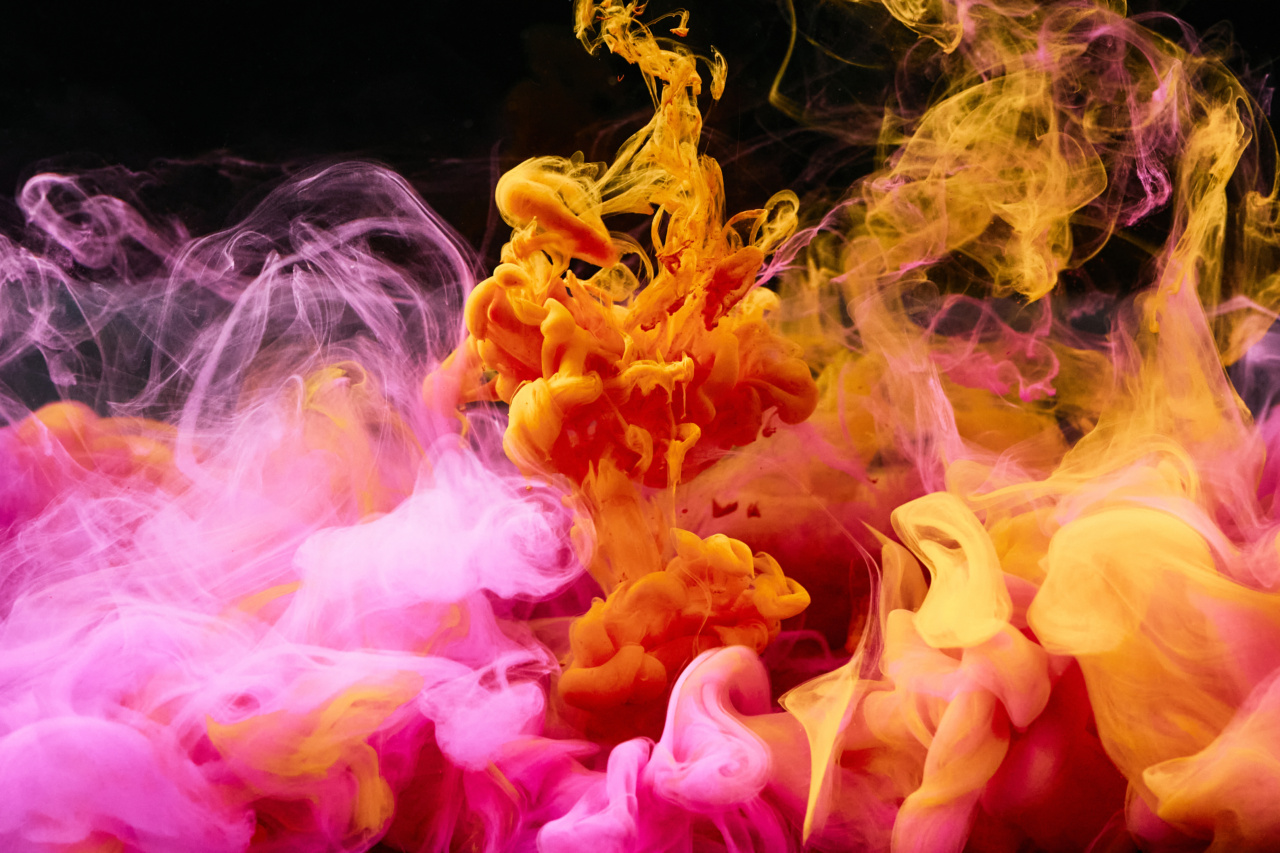Have you ever wondered why your nails sometimes turn yellow? This discoloration can be both unsightly and concerning. While there are several possible causes for yellow nails, it is essential to understand what might be behind this condition.
In this article, we will explore the various factors that can contribute to the yellow hue on your nails, as well as prevention and treatment options.
1. Fungal Infections
Fungal infections, such as onychomycosis, are a common cause of yellow nails. This condition occurs when fungi invade the nail bed, leading to discoloration, thickening, and crumbling of the nails.
Fungal nail infections are more likely to affect toenails than fingernails and thrive in warm, moist environments such as public swimming pools or showers.
2. Nail Polish and Nail Products
The ingredients present in certain nail polishes and nail products can cause yellowing of the nails. This discoloration is often a result of prolonged use of dark or heavily pigmented nail polish colors.
Additionally, using low-quality or expired nail products can also contribute to the yellowing effect.
3. Smoking
Smoking cigarettes not only affects your overall health but has also been linked to yellowing of the nails. The harmful chemicals found in tobacco smoke can penetrate the nail bed, causing yellow discoloration over time.
Quitting smoking not only improves your nail health but has countless other benefits for your wellbeing.
4. Poor Nail Hygiene
Inadequate nail hygiene can lead to the accumulation of dirt, debris, and bacteria underneath the nails. This buildup can result in a yellowish tint on the nails.
It is important to practice proper nail hygiene, including regular cleaning and trimming of the nails, to avoid discoloration and maintain overall nail health.
5. Medical Conditions
Certain underlying medical conditions can cause yellow nails as a symptom. Conditions such as psoriasis, diabetes, thyroid disorders, and respiratory diseases have been associated with nail changes, including yellowing.
If you notice persistent yellowing of your nails along with other concerning symptoms, it is advised to consult a healthcare professional for further evaluation and diagnosis.
6. Yellow Nail Syndrome
Yellow nail syndrome is a rare disorder characterized by thickened, slow-growing, and yellowish nails. Along with the yellow discoloration, affected individuals may also experience respiratory difficulties and lymphedema.
This condition requires medical attention and is often associated with various respiratory and autoimmune disorders.
7. Nutritional Deficiencies
Deficiencies in certain vitamins and minerals can manifest as yellow nails. Insufficient intake of iron, zinc, or vitamins A and E can lead to nail discoloration.
Ensuring a well-balanced diet and meeting the daily recommended intake of essential nutrients can help maintain healthy nails and prevent yellowing.
8. Trauma
Any injury or trauma to the nails, such as hitting or forcefully pushing objects under the nails, can cause discoloration.
The trauma disrupts the nail matrix, the area responsible for nail growth, leading to abnormal nail formation and eventual yellowing.
9. Age
As we age, the nails naturally become more brittle and prone to discoloration. This yellowing can be attributed to the gradual thinning of the nail plate, which allows the underlying nail bed to show through.
While age-related yellowing is generally harmless, it is essential to monitor any sudden changes or other associated symptoms.
10. Allergic Reactions
Some individuals may develop allergic reactions to certain substances, such as nail polish or nail glue, resulting in yellow nails. These allergic reactions can cause inflammation and discoloration of the nails.
Identifying and avoiding the triggering allergen is crucial in preventing further yellowing and potential complications.
While occasional yellowing of the nails may not be a cause for concern, persistent or severe discoloration should not be ignored.
It is recommended to consult a healthcare professional or dermatologist if you notice any significant changes in your nails, especially if accompanied by pain, swelling, or other worrisome symptoms.































